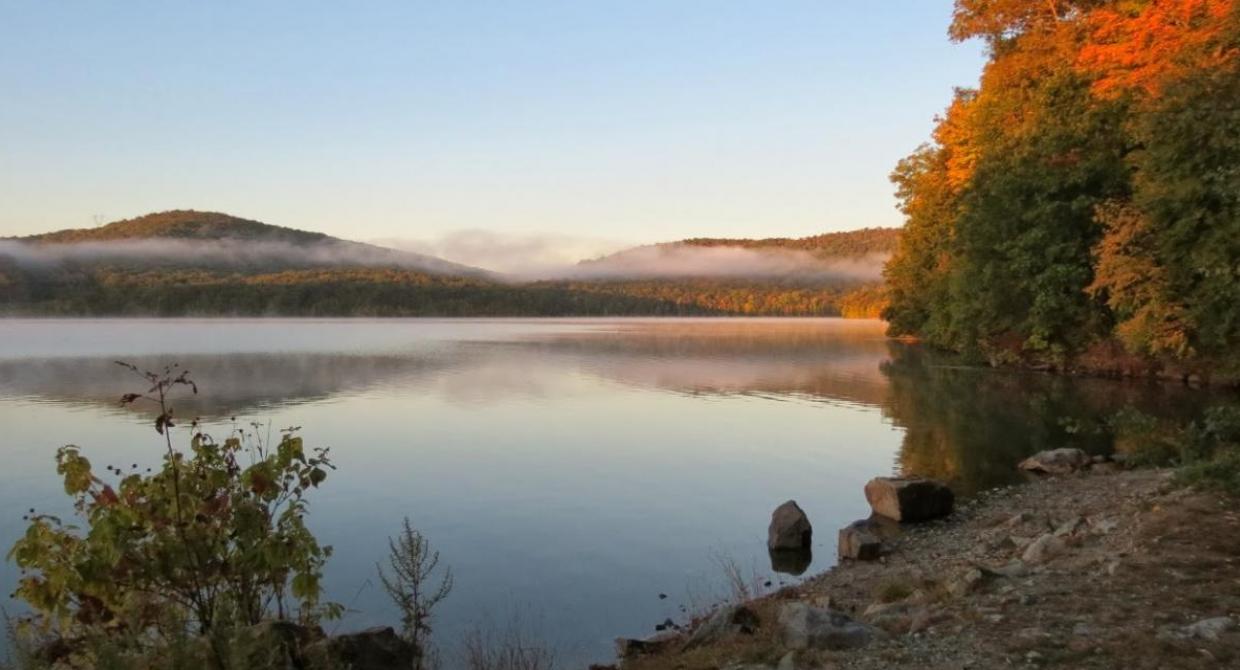Creating a Blueprint to Protect New Jersey's Last Undeveloped Lands
Title

Body
The Conservation Blueprint is a tool to help preserve open space in New Jersey. A consortium of 21 conservation-focused groups both governmental and nonprofits are working together to develop a shared, living blueprint of lands to be protected in the next few decades.
Newark’s Branch Brook Park, preserved in 1895, was the first county park in the United States and the beginning of a proud legacy for New Jersey as a national leader in land conservation. In 1961, the division of Green Acres was created to help N.J. municipalities through the often challenging and costly process of land acquisition. Through the work of Green Acres, local and county governments, and nonprofits, a third of the state’s approximately 5.4 million acres has been preserved. Conversely, a third of the state has been developed, leaving around one third of the state “up for grabs.” These remaining acres and the conservation opportunities they represent are the focus of a project called the New Jersey Conservation Blueprint.
As New Jersey moves toward becoming the first state to reach full build-out—projected to occur within the next 50 years—fostering a collaborative approach to preserve the state’s most valuable lands has become more important than ever. The Blueprint brought together a steering committee of over 20 nonprofit organizations and state and federal agencies to identify the most critical lands that remain vulnerable to development. Led by the New Jersey Conservation Foundation, The Nature Conservancy, and the GeoLab at Rowan University, the committee decided which values would inform the prioritization models used to identify conservation opportunities as they relate to water quality, ecology, agriculture, and community green space.
The results of this process can be found online at New Jersey Map. Here you can look at the priority maps, as well as the data sets and reference layers that support them. (The priority models are still a work in progress as the methodology is refined using input from various advisory boards.) The design and navigation of the maps are user-friendly, allowing anyone to view data at both a statewide and parcel level, with multiple base maps available. Members of environmental commissions and open space planning boards have already reported the usefulness of this tool.
The Conservation Blueprint is indeed a planning tool, and one of its primary goals is to be used in building connected networks of protected lands and trails. The current trails data set is incomplete, but the Trail Conference sits on a task force that is working on creating a comprehensive, statewide trails layer to make the Blueprint even stronger. The hope is that with the aid of the Conservation Blueprint, more land is preserved and more trails are built to connect people with protected open space.
